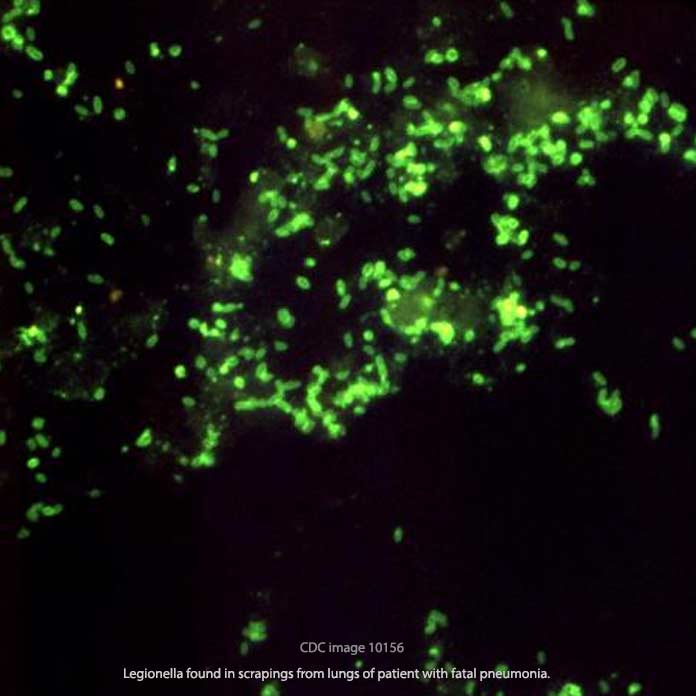St. Joseph’s Health Center in Syracuse, New York is coming under fire from multiple directions for not having revealed, when announcing last week that the Legionella pneumonia bacteria had been isolated in their hospital water systems, that this investigation and discovery of the potentially deadly bacteria was prompted by 3 patient cases, one fatal, of Legionnaires’ Disease. While hospital representatives now admit that 2 of these cases were contracted at St. Joseph’s, they refuse to provide details regarding the fatal case other than to say that it involved a patient admitted with serious medical problems who “also” had Legionnaires’ Disease; they state it is “unclear” whether this individual’s LD was contracted in the hospital or in the community.
This admission came only after Governor Andrew Cuomo, alerted to the risk of Legionella-contaminated water systems by the 2 recent South Bronx Legionnaires’ Disease outbreaks that have killed 12 and sickened over 130 people, dispatched New York state health department personnel to St. Joseph’s following its initial press release Friday that Legionella had been found in “preliminary tests” of the hospital’s water system. By Sunday, these officials reported that while all 11 of the hospital’s cooling towers had tested negative for the bacteria, Legionella had been found in other facility systems.
Cooling towers sometimes are the source of Legionnaire’s Disease, as was the case in the first Bronx outbreak, where victims allegedly contracted the disease, a severe form of pneumonia, from the cooling tower at the Opera House Hotel. In an earlier 2008 Onondaga County LD outbreak that sickened 13 and killed 1, the source of the bacteria proved to be the cooling tower at Syracuse’s Community General Hospital (now part of Upstate University Hospital).
But this is not always the case. In hospitals, other equipment that can harbor the dangerous bacteria include hot water systems, oxygen humidifiers, and decorative water fountains; in 2008 in Cyprus, 3 newborns died and 8 others were sickened by Legionnaires’ Disease contracted from portable ultrasonic humidifiers in a hospital’s neonatal unit.
It is to be hoped that more details will be forthcoming from St. Joseph’s Health Center, including when and for how long the three victims were admitted, where specifically they were treated, and which specific water systems were compromised. A vital point that also needs to be addressed is why the hospital still denies it hosted an “outbreak” when Center for Disease Control (CDC) guidelines specifically define “clusters” / “outbreaks” as when two or more people contract the disease in the same place within the same time span.
Such denials are, sadly, quite common when Legionnaires’ Disease is contracted in hospitals – we’ve seen it happen time and time again at institutions like VA Pittsburgh, where hospital officials delayed public disclosure of its LD cases and subsequently was subject to a Congressional investigation for its mishandling and attempted cover-up of a 21-month outbreak that sickened 16 patients and killed at least 6 between February 2011 and November 2012.
Hospitals need to be held accountable for the secondary, preventable, and often fatal Legionnaires’ Disease cases that patients contract on their premises. Our law firm is investigating this outbreak.
